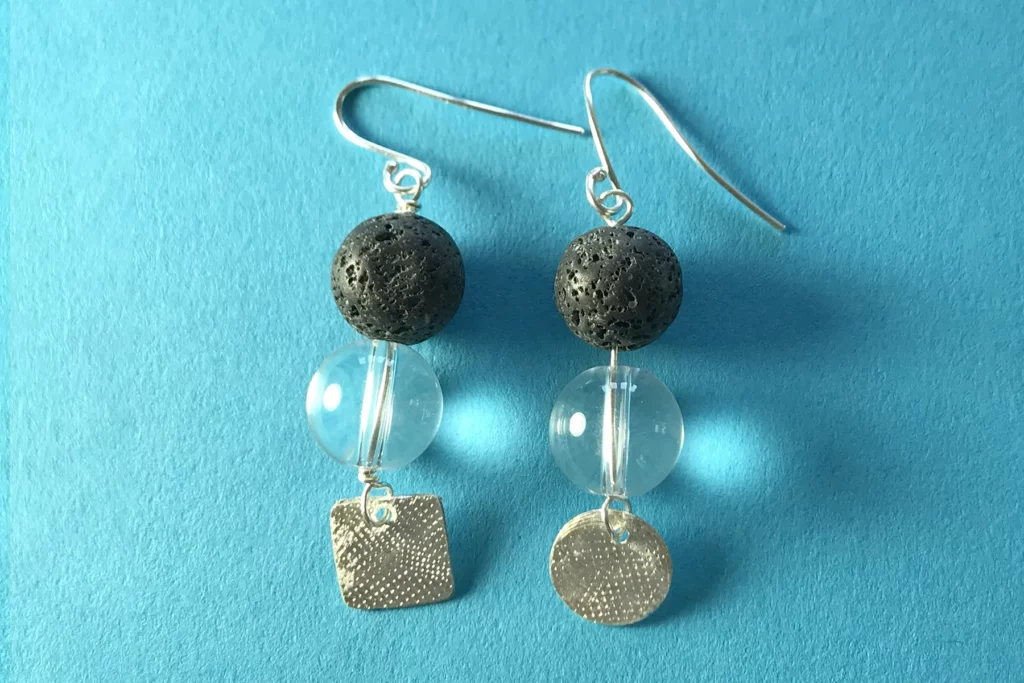Glass-making has a long history, going back to some of the oldest human civilisations, with the earliest glass beads dating back to 3,500BC in Egypt and Mesopotamia.
Types of Glass Making
Although there have been vast changes that make glass production easier, the techniques used by a modern glass artist would, for the most part, be perfectly familiar to a Roman glassblower or a medieval artisan helping to create the stained glass windows of Notre Dame or Chartres.
From the point of view of the glass artist, different glass-working forms are described according to the temperature at which the glass is worked, whether it is solid or molten.
Cold
Stained glass
Traditionally, stained glass is made by creating a pattern of carefully cut pieces of coloured flat glass, which are joined together by strips of lead. For small stained glass pieces, artists sometimes use copper foil, rather than lead, partitions.
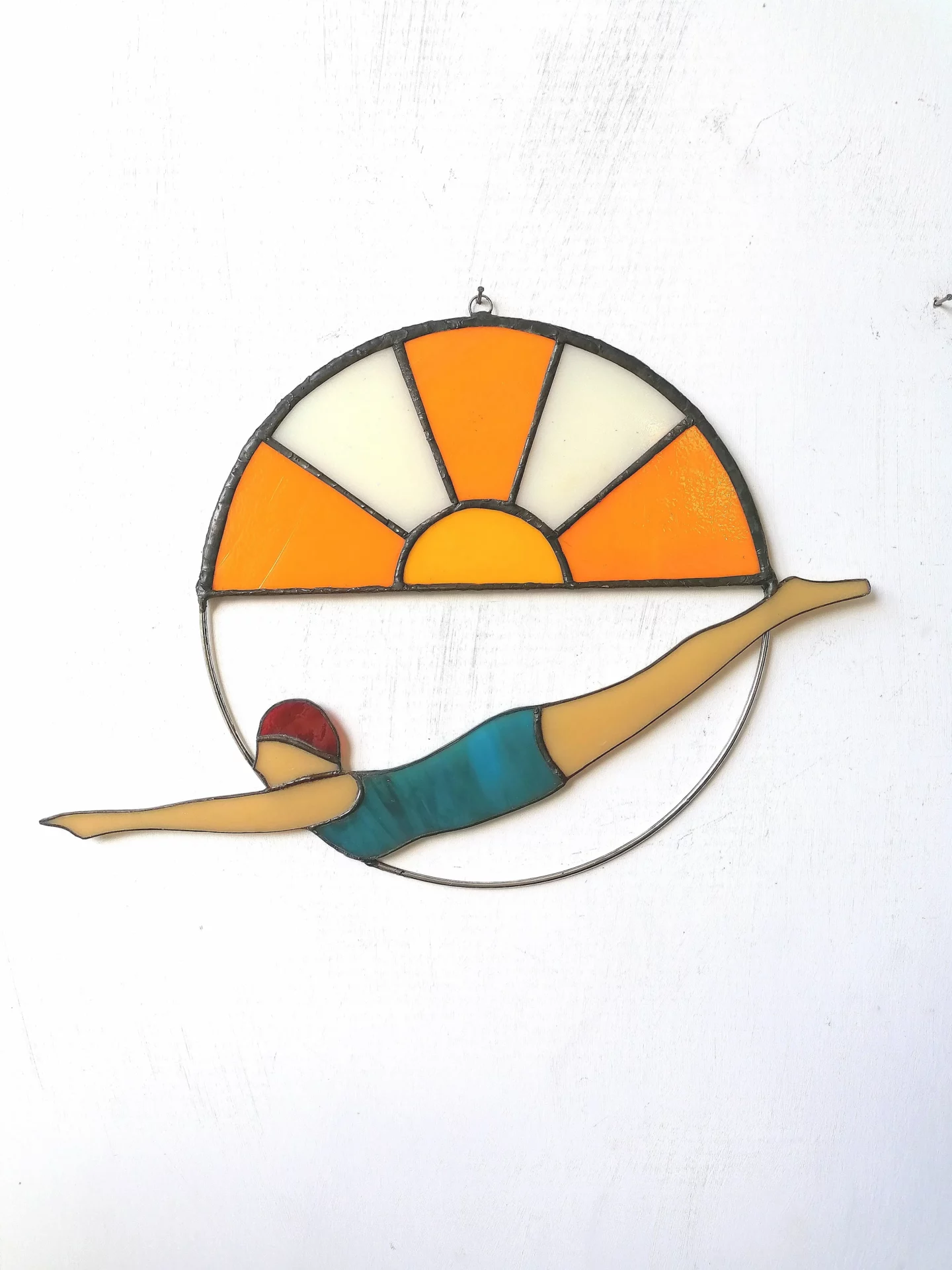
Warm
In glass terms, “warm” means soft, but not fully molten. Glass softens, curves and fuses together at about 800*C.
Fused Glass
Glass fusing is often used to make coasters and glass paintings. Glass powders and pieces of glass are arranged on a flat glass base, and then put in a kiln to heat to fusing temperature.
Slumped Glass
Sometimes artists set their glass on top of a mould. As the glass heats and softens, it slumps into the mould, taking on its contours. Fused glass artists can use this technique to make three-dimensional creations, like plates, vases and bowls.
Fusing and slumping are a bit like making a cake: you put your ingredients together and put it in an oven/kiln to bake. The result will look quite different from what you put in, and there is always an element of surprise when you open the oven/kiln and take your creation out.
Hot
Glass becomes fully molten at 2,000-2,500*C, depending on the glass type. Hot glass work differs from both cold and warm glass in that the artist works directly with the molten material, using a variety of tools to hold and manipulate the molten glass, as touching and holding it directly is out of the question.
Glass casting
The liquid glass is shaped by pouring it into a mould, usually made of plaster of paris, and placed in a hot kiln to slowly cool over many hours as the temperature is gradually lowered. Glass is very sensitive to sudden temperature differences, as anyone who has ever tried pouring boiling water into a non-pyrex glass will know.
Glass blowing
At its simplest, glass blowing involves dipping a blowpipe into a furnace of molten glass to gather a blob of glass at the end. The molten blob is then blown out into a bubble. The bubble can be enlarged by being dipped and re-blown multiple times. It can be stretched, twisted, flattened or re-blown into a mould to make an almost infinite variety of shapes.
Lampwork
Lampwork differs from glass blowing in that the artist does not start with a furnace of molten glass, but melts the tips of solid glass rods in a flame, using the molten material to create beads, pendants, paperweights and small sculptures. The term “lampwork” comes from the oil lamps – “lampe”, used by Venetian and Murano craftsmen from the 14th century onwards. Although modern lampwork artists now use gas-fired torches, they still retain a strong connection with Venice and Murano. Much of the glass used for lampworking is made in Murano, and many of the English technical terms are an Anglicised version of the original Italian. The pictures below show the lampwork process.
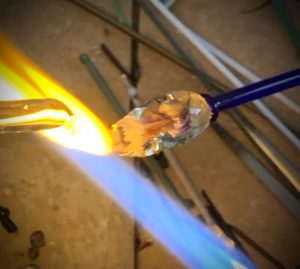
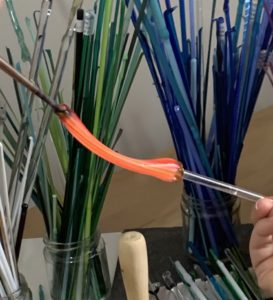
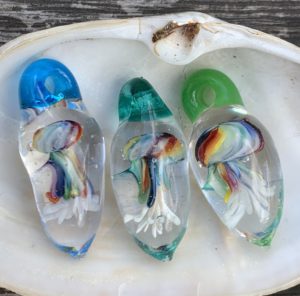
Learn More
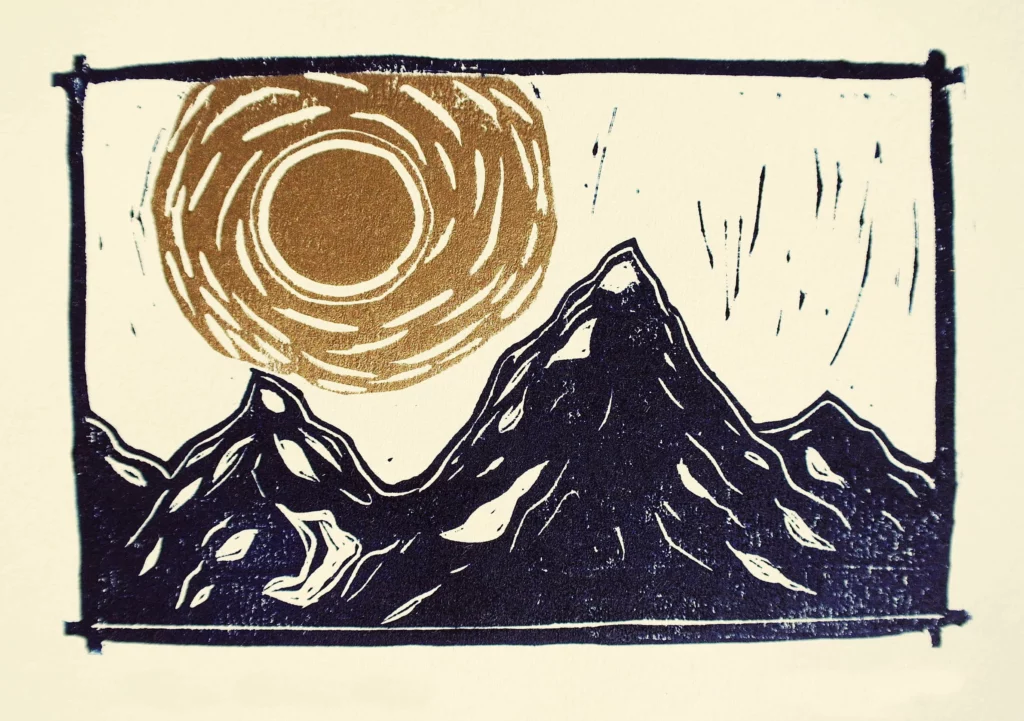
Printmaking
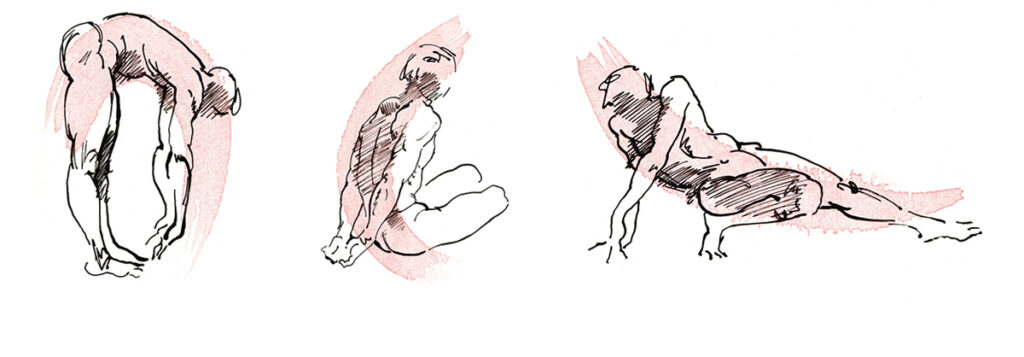
Life Drawing
